For many parts, 3D printing is faster, cheaper, and better than injection molding, but it’s not always the best choice. Each method has its strengths and weaknesses, and the choice between them often depends on volume.
It’s quick and easy to 3D print one part, but it’s cost-prohibitive to injection mold at low volumes. 3D printing doesn’t require molds or tools, and you don’t even have to know anything about 3D printing to get a 3D printed prototype from a 3D printing service.
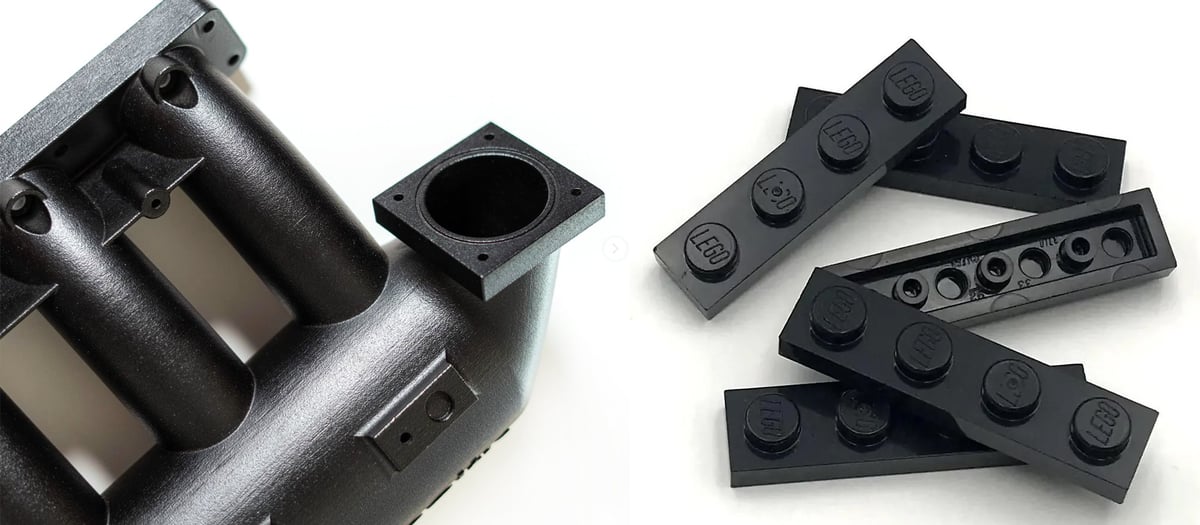
On the other hand, injection molding is the more efficient process for hundreds of thousands or millions of parts, but the exact point in high volume where it makes more economic sense to injection mold depends on a wide range of variables, such as material, part complexity, and post-processing.
But beyond volume, what other reasons might you have to select 3D printing for your part or product?
Let’s look at scenarios where 3D printing tends to outperform injection molding and why, then, let’s give injection molding its due by looking at where it shines.
Prototyping and Iterations
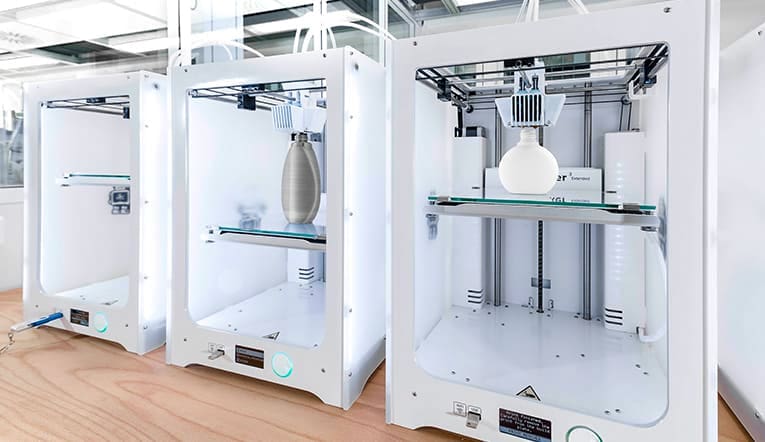
For decades, 3D printing has been the go-to technology for prototypes. It excels in the early stages of product development and enables quick design iterations. A part the size of a deck of cards can be printed in well under an hour, depending on the material, which gives industrial designers the opportunity to test and refine their ideas more efficiently.
Yet, injection molding companies recommend rapid tooling for prototypes so that you can test the part in the same material as the final production. More recently, though, companies are turning to 3D printing for this. With more material advancements, 3D printed prototypes in the same material that the final product will be manufactured in is not a challenge. This could be a metal like stainless steel or a polymer like carbon-fiber nylon, or even a technical ceramic. These more functional prototypes enable companies to put their design to the test in real-world situations and simulation.
Once a company 3D prints a prototype in an engineering-grade material on an industrial 3D printer, many realize the quality matches injection molding and opt to mass-produce with 3D printing, depending on volume.
A more recent application of 3D printing prototypes is in making injection mold prototypes. Many industrial grade plastics can withstand several (sometimes hundreds of) rounds in an injection molding machine or blow molder, which can be enough to field-test a mold design before sending it to be machined in metal.
Complex Geometries
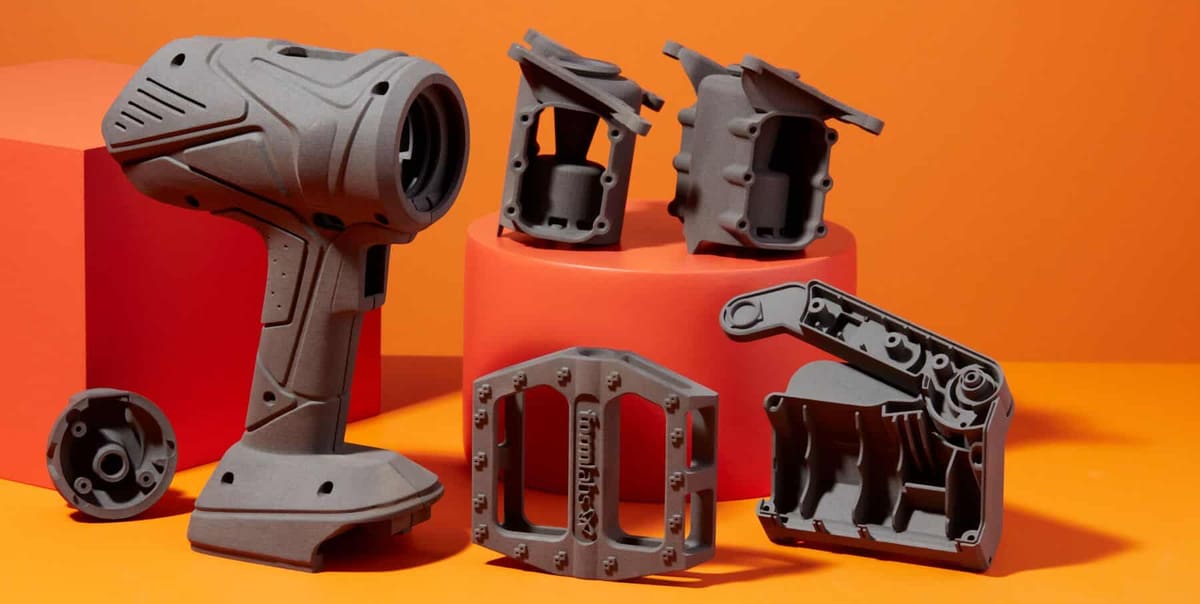
You may have heard that 3D printing enables complex geometries that can’t be machined or injection molded, but what does that mean exactly?
3D printing can create parts with a lattice structure infill for lighter weight, with intertwined curved tubing, and parts printed inside other parts. These geometries likely could be machined in several steps or molded in several parts for assembly, but 3D printing simply does it in one go saving time and labor.
3D printed heat exchangers are a great example of complex geometries produced in one process and one part.
With 3D printing you can also create surface details, labels, or numbers — unique to each part — that do not require additional steps.
Designing a part for injection molding means you need to consider the process of removing the part from the mould. The mechanical de-molding process may make delicate or thin-walled areas risky. You may need to rethink your design for the constraints of the fabrication method. With 3D printing, there are far fewer constraints, but there are some new and unique ones.
The main challenge in 3D printing would be the removal of support structures (if required in the first place) and ensuring that the powder (if using a powder-based technology) can be removed thoroughly from internal cavities. Don’t underestimate the labor involved in removing support structures. Even when using a soluble material for supports, there’s an extra step involved.
Mass Customization
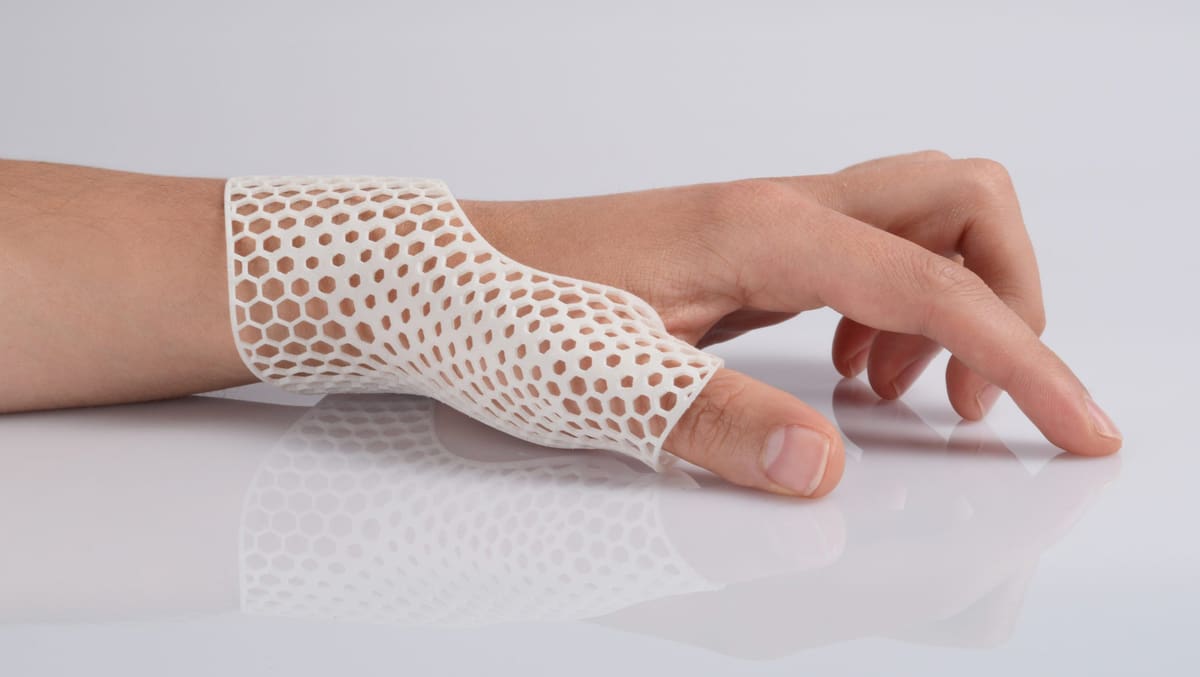
When you need to produce tens of thousands of parts that are exactly the same, injection molding usually wins. But when individual products need to be customized or personalized, 3D printing is the clear winner.
For example, each item in a batch of 20, say, trophy bases, can be personalized with the winner’s name without any additional cost. In contrast, injection molding would require the add a custom engraved plate to each unit, adding time and labor.
The ability to manufacture parts personalized to the user, such as 3D-printed-to-order shoes or, more commonly, 3D printed medical devices, such as braces or surgical tools, is spawning a new industry with companies, like Restor3D and ActivArmor.
Reduced Lead Times
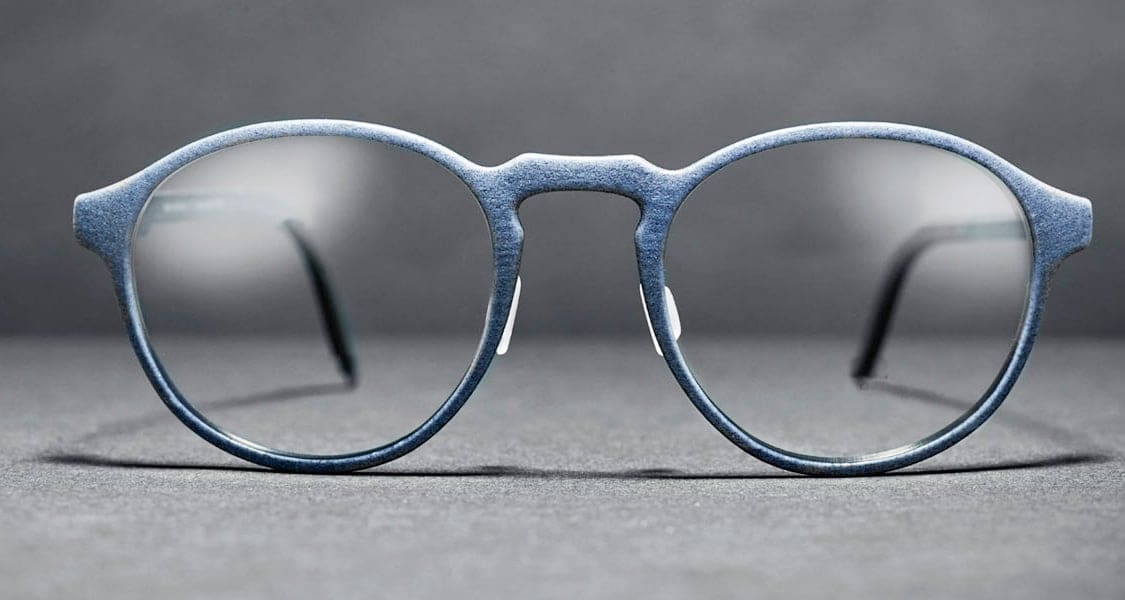
It’s generally understood that since you bypass the mold-making process entirely when 3D printing, the end part is delivered faster. Parts can be produced as soon as the design is ready, in most cases.
But there’s a larger argument around lead time that ties into innovation, competitiveness, and market share.
Too often, the high price of mold tools can stifle innovation. A product that isn’t optimal yet may need to go to production anyway because a new round of molds would be too costly. Or a manufacturer may want to redesign its product to take advantage of a change in the market, but tooling costs are prohibitive.
On the other hand, a company that 3D prints its products can make each batch slightly better. Companies can be vastly more flexible, shift with customer demand, and bring a wider range of products to the market.
For example, the Monoqool eyewear pictured above, is 3D printed to order and designers can respond quickly to changes in fashion without managing overstock.
Environmental Sustainability
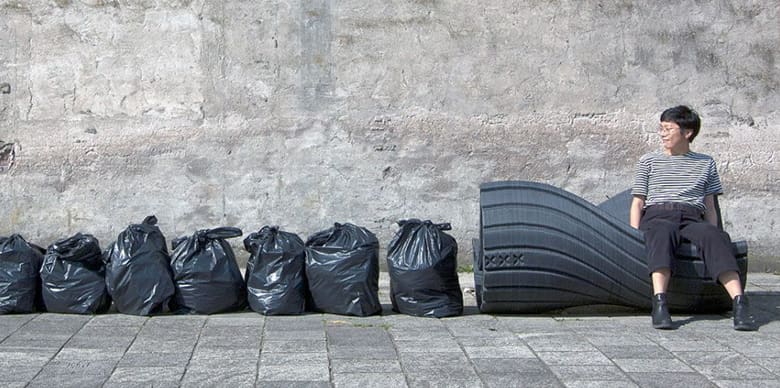
If you’re manufacturing a product made of plastic there are still many environmental considerations and important sustainability steps to take.
When comparing injection molding to 3D printing in terms of sustainability, the scales are pretty even, but one point can tip in favor of the later.
3D printing enables companies to quickly print on-demand eliminating or reducing overstock or parts that will never be used. Injection molding typically has minimums after which it becomes economical, but those extra parts may sit in a warehouse until they’re disposed of.
Second, although both technologies can use recycled plastic, there’s less of a coast barrier to opt for sustainable materials when your volume of parts is low.
Both methods produce waste as part of the process. 3D printing creates waste in the form of support structures that have to be removed after printing (if using FDM technology). There’s less waste with powder bed fusion 3D printing technologies.
Injection molding also has waste in the form of molten plastic that escapes from the mold cavity, or plastic in the sprue, runners, and gates of the mold itself. However, you can easily regrind, melt, and reuse this waste. 3D printing waste from filament is typically not reused, although left-over powder from powder bed fusion can be reused.
The overall use of recycled plastics in injection molding and 3D printing is relatively low but is expected to grow as material technology advances, improving the quality and availability of recycled materials.
In-House Manufacturing
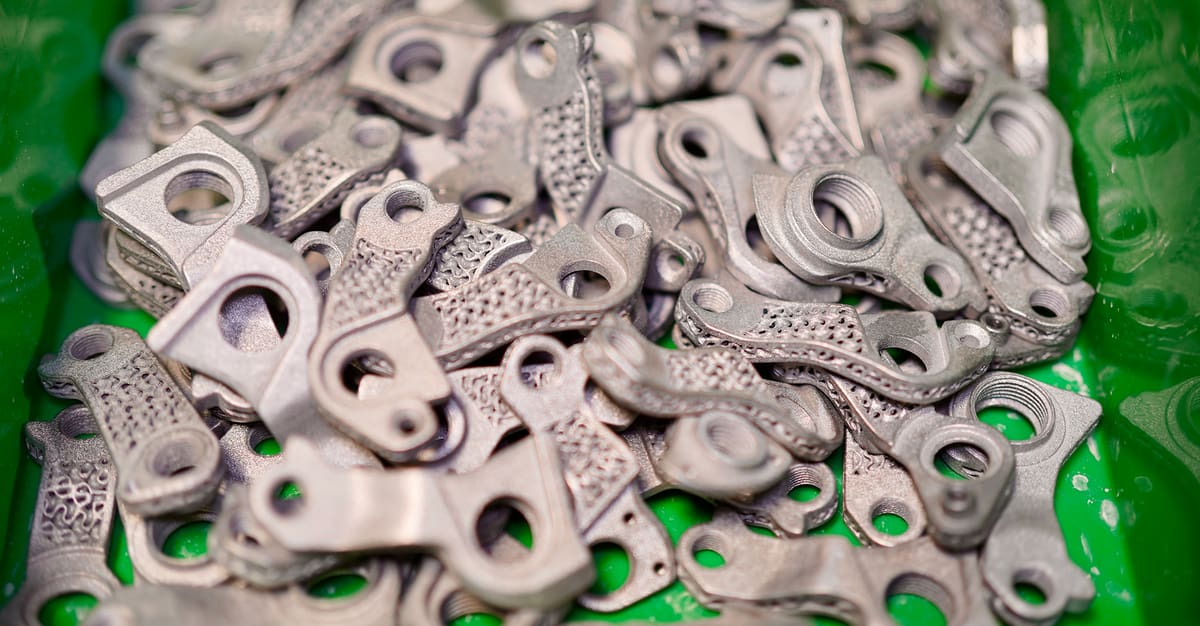
The affordability and ease of use of many 3D printers compared to injection molding machines enables any company to control the means of production and bring low-volume manufacturing in-house. This eliminates your reliance on services, possibly overseas, and enables you to have better control over quality, removing delivery times and supply chain interruptions from the equation.
Arguments in Favor of Injection Molding
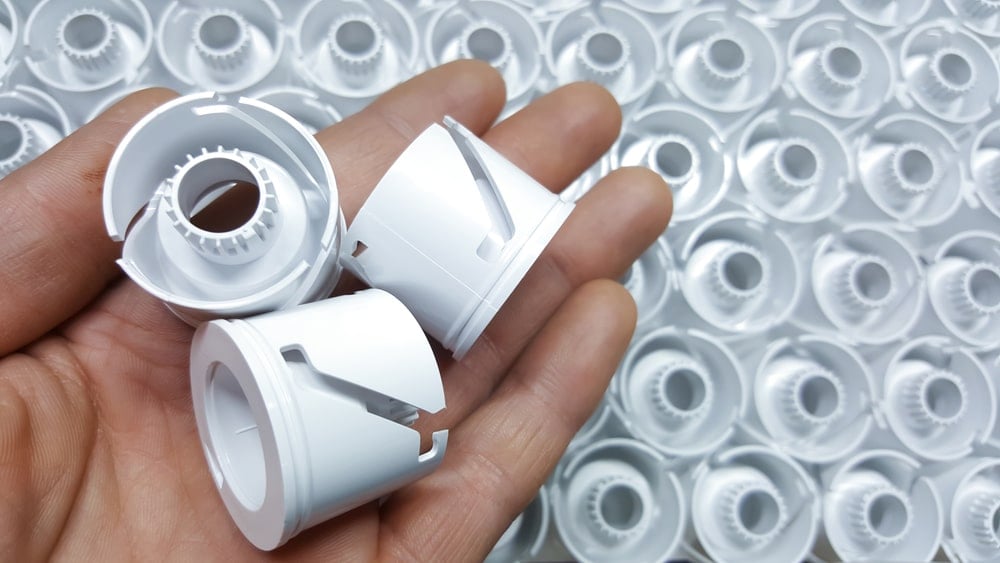
Sure, we love all things 3D printing, but we have nothing against injection molding. It’s ideal in many cases. Yet, in the course of research for this article, we came across a lot of misinformation and half-truths comparing these two manufacturing methods for one simple reason: we’re not comparing two manufacturing methods; we’re comparing dozens.
There are more than 10 types of manufacturing processes that fall under injection molding, from thermoset injection molding to gas-assisted injection molding, all used to product various part features. Likewise, 3D printing has seven main types with many more sub-categories. It’s not accurate to compare industrial injection molding to desktop FDM 3D printing in every instance.
We believe the 7 points above still hold regardless of the type of injection molding or 3D printing. Other claims, however, depend on which type of injection molding your comparing to which type of 3D printing.
Which is Stronger?
When a source says injection molded parts are stronger than 3D printed parts, that may be true depending on the technology and the material, but it can’t be made as a blanket statement. 3D printing of every type involved layers, one bonded to the next, whereas injection molded parts are uniform. Layers can introduce weaknesses, but with proper design and the right technology, your 3D printed parts can be exactly as strong as your injection molded part. Extra precautions should be taken for heavy load bearing parts, but for, dare we say, most applications where there isn’t significant pressures or loads, 3D printing will be as strong as injection molding.

Which Offers Better Surface Smoothness?
We found a service provider that claimed that injection molding is preferred in terms of a good surface finish. Again, compared to what? FDM 3D printing does leave layer lines, but with commercial resin 3D printing technologies and powder bed fusion, these lines are almost imperceptible. Plus, post processing can remove the lines, just like post processing is needed to remove the marks on injection molded parts left by the mold.
Just take a look at the 3D printed dentures above. Layer lines?
The extra steps that may be involved in post-printing finishing can add cost, time, and labor to your part.
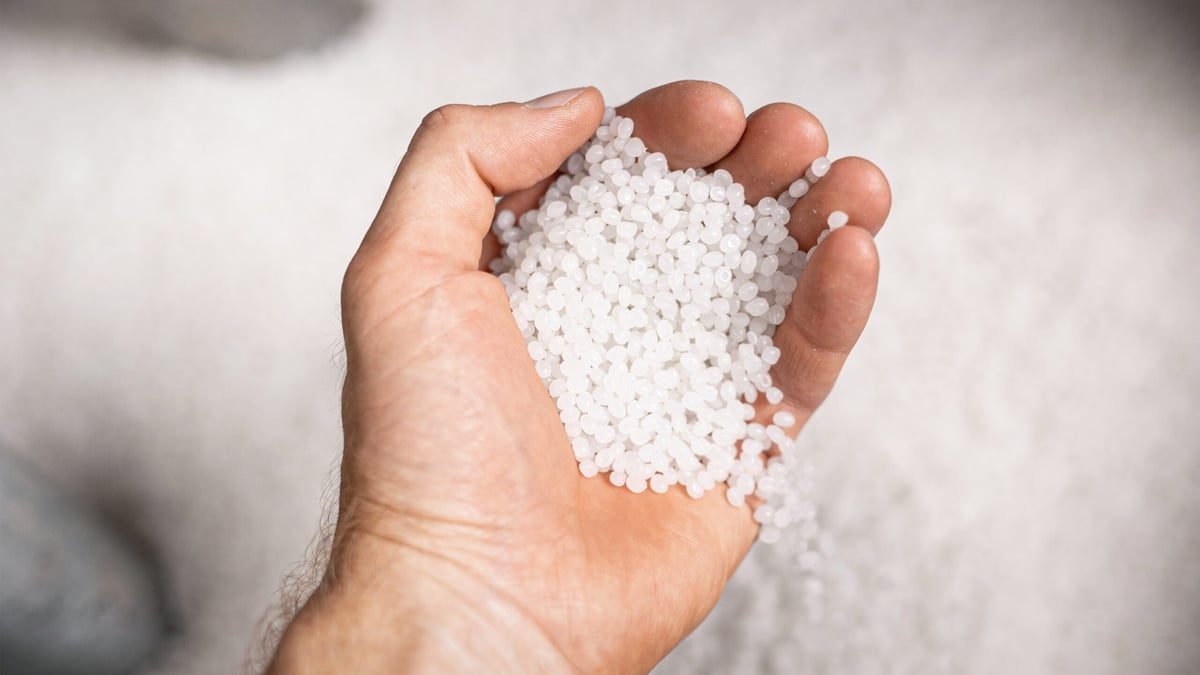
Which Offers More Material Options?
Not only do 3D printing and injection molding have many materials in common including ABS (Acrylonitrile Butadiene Styrene), PP (polypropylene), PC (polycarbonate), and PA (nylon), some manufacturers use the exact same pellet polymer materials in their injection molders as in their pellet-fed extrusion 3D printers. This way, customers can get a rapid prototype of their part that’s destined to be injection molded, in the same material.
Yet you might hear that some materials are better for one method or another. It is true that polymers better suited for injection molding typically have high flow rates, rapid cooling, and dimensional stability under pressure, while polymers for 3D printing are often formulated to promote layer adhesion, controlled cooling, and precision in extrusion.
Although material cost can the determining factor when deciding between injection molding and 3D printing, material choice typically isn’t.
Injection molding granular feedstock is a widely available commodity worldwide and far less expensive than 3D printing filament or 3D printing plastic powders. In a comparison of 3D printing 1,000 ABS brackets to injection molding the same 1,000 ABS brackets, purely comparing materials cost, injection molding wins, by a lot. Yet, the overall cost has to take into consideration making the mold and possibly where you shipping the parts from as opposed to a more local 3D printing facility or in-house fabrication.
Injection molding gets a bad rap for not printing with bio-based materials, when it fact it does. In practice, petroleum-based materials are more widely used in injection molding but many bioplastics are available.
What’s Your Choice?
This overview is not the definitive comparison of these technologies, and we’re really just scratching the surface. For your project, one place to turn is a contract manufacturer that does both injection molding and 3D printing. They may not be completely unbiased and may not own enough 3D printers or the right 3D printers to make a definitive analysis, but it’s a good place to start understanding how these two technologies apply to your specific application.
Let us know in the comments about your project. Did you choose 3D printing or injection molding?
License: The text of "When Does 3D Printing Outperform Injection Molding?" by All3DP Pro is licensed under a Creative Commons Attribution 4.0 International License.
